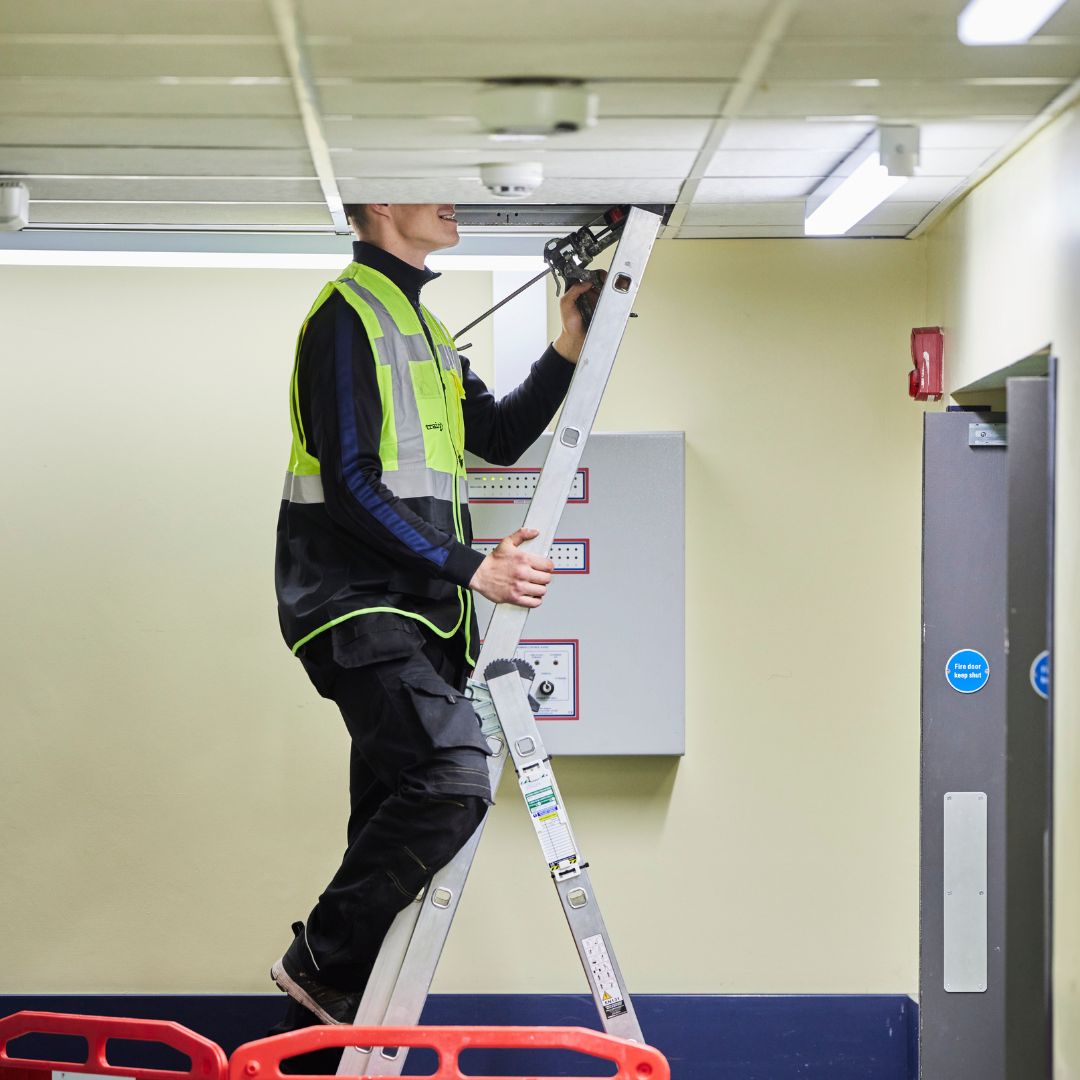Fire Safety Legislation
Up-to-date information regarding UK Fire Safety Legislation
Everything you need to know about fire safety for your business
Ensuring fire safety is the responsibility of every business.
The Regulatory Reform (Fire Safety) Order of 2005, The Health and Safety at Work Act of 1974, and The Building Safety Act 2022 set out requirements for businesses to prioritise the safety of their team members and clients. Non-compliance with these legislations can lead to severe consequences, including injuries and fatalities.
By actively prioritising fire safety, businesses can instil confidence among their team members and clients, safeguard lives, and protect property.

Find out more about our courses
Get the training you need for your team and earn a qualification with our flexible offerings. Choose between classroom or eLearning training to best suit your business needs.
The Regulatory Reform (Fire Safety) Order 2005:
The Regulatory Reform (Fire Safety) Order 2005 is a UK law that sets out the requirements for workplace fire safety in England and Wales. Under the Fire Safety Order 2005, it is the responsibility of the “responsible person,” usually the employer, to carry out a fire risk assessment and implement fire safety measures in their workplace to protect employees and visitors.
The Fire Safety Order 2005 applies to all workplaces in England and Wales, including non-domestic properties, flats and houses in multiple occupation (HMOs), and common areas of multi-occupied residential buildings. It also requires that employers provide staff with adequate fire safety training.

Why is Adequate Fire Safety Training Important?
Fire safety is a top priority for every business. That’s why trainingEXP is here to help.
Fire safety training is not just a legal requirement; it is an investment in the well-being of employees, the protection of assets, and the overall sustainability of an organisation.
By emphasising the importance of adequate fire safety training and periodic training updates, employers can instil a safety-conscious culture and empower their workforce to effectively prevent and respond to fire emergencies. Through regular training and awareness, organisations can significantly reduce the potential risks posed by fires, creating safer and more secure environments for everyone.
Our training programs enhance the essential skills required to make the correct judgements when it comes to compliance in the passive fire protection sector.
The Health and Safety at Work Act 1974
The Health and Safety at Work Act 1974 is a vital legislation that sets the foundation for maintaining workplace safety in the UK. By establishing a comprehensive framework, the act places the responsibility on employers to prioritise the health, safety, and overall well-being of their workforce.
As an employer, it is your duty to adhere to the guidelines outlined in this act. By doing so, you fulfil your legal obligation to provide a safe working environment for your employees. This includes implementing measures to prevent accidents and injuries, conducting regular risk assessments, and ensuring appropriate safety protocols and procedures are in place.
What does that mean for you?
This act emphasises the importance of prioritising the health and safety of your workforce by:
- Providing training to your staff to ensure health and safety procedures are understood and followed.
- Ensuring that welfare provisions are available to employees while at work.
- Providing a safe working environment that is regularly maintained.
- Conducting all operations safely.
- Adequately providing relevant information, instruction, and supervision.

The Building Safety Act 2022
The Building Safety Act 2022 was brought in to try and tackle some of the fundamental safety issues brought to therefore by the Grenfell disaster, by allocating responsibility to deal with remedial works to make buildings safe (predominately, but not exclusively, in respect of cladding.
Under the act, an accountable person is appointed, typically the building owner or identified duty-holder, who has the legal obligation to ensure that necessary building safety measures are in place. One crucial aspect of building safety is Passive Fire Protection. Passive Fire Protection measures are designed to restrict the spread of fire and smoke within a building, providing valuable time for occupants to escape and for emergency services to respond effectively. Implementing Passive Fire Protection measures is a vital part of ensuring building safety.

Why is Passive Fire Protection Important?
Passive Fire Protection is crucial in buildings as it helps prevent the spread of fire, protects the structural integrity of the building, and provides occupants with valuable time to evacuate safely.
It involves the use of fire-resistant materials, design features, and systems to contain fires, limiting their spread and minimising potential damage.
There are several regulations in the UK that govern passive fire protection in buildings.
It is important for building owners, designers, contractors, and relevant professionals to comply with the regulatory requirements and current standards to ensure the effective implementation of passive fire protection measures and maintain the safety of buildings and their occupants.
Why choose our courses?
- Trusted Training Courses
- Regularly Updated with the Latest Legislation Requirements
- Accredited, Approved and Endorsed
- Employee & Manager Friendly
- The UK’s First VR Fire-Stopping Training


